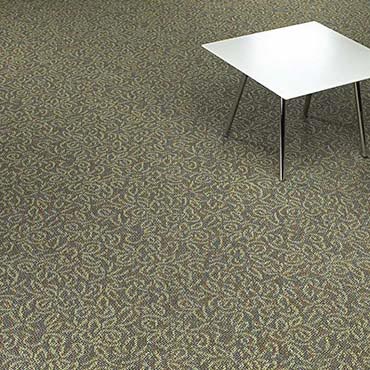Commercial Cut and Uncut (Texture)

Exploring the Nuances of Commercial Cut/Uncut Textured Carpet: A Guide for Architects, Interior Designers, and Commercial Buyers
The world of commercial floor covering is a complex tapestry, woven with various materials, styles, and functionalities. Among the plethora of options available, one type that stands out for its unique blend of aesthetic appeal and practicality is the commercial cut/uncut textured carpet. This article delves into the intricacies of this carpet type, aiming to provide architects, interior designers, and commercial buyers with a comprehensive understanding of its features, benefits, and applications.
Understanding Cut/Uncut Textured Carpet
Commercial cut/uncut textured
carpets are a hybrid
flooring solution combining cut and loop pile techniques. This unique combination creates a distinct texture, offering both visual depth and a tactile experience that is unmatched by other carpet types. The cut portions provide a softer, plusher feel, while the uncut loops contribute to the carpet’s durability and resistance to wear.
Aesthetic Versatility
One of the primary advantages of cut/uncut textured carpets in commercial settings is their aesthetic versatility. These carpets are available in a vast array of colors, patterns, and pile heights, allowing for a high degree of customization. This versatility makes them an ideal choice for architects and interior designers looking to create a specific mood or match a corporate brand identity in commercial spaces.
Durability and Performance
In high-traffic commercial environments, durability is a key concern. Cut/uncut textured carpets are designed to withstand the rigors of heavy foot traffic, making them a practical choice for office buildings, hotels, and other commercial venues. The looped portions of the carpet are particularly resilient against crushing and matting, ensuring that the carpet maintains its appearance over time.
Acoustic and Comfort Benefits
Another significant advantage of these carpets is their contribution to the acoustic quality and comfort of a space. The dense texture of cut/uncut carpets provides excellent sound absorption, an important consideration in busy commercial environments. Additionally, the plush nature of these carpets offers a level of underfoot comfort that can enhance the overall experience of a space.
Sustainability and Maintenance
Sustainability is an increasingly important factor in the selection of building materials. Many manufacturers of cut/uncut textured carpets are now offering products made with recycled or eco-friendly materials, catering to the growing demand for sustainable design solutions. Moreover, these carpets are generally easy to maintain, requiring regular vacuuming and occasional deep cleaning to retain their appearance and longevity.
Applications in Commercial Spaces
Cut/uncut textured carpets are remarkably adaptable and can be used in a variety of commercial settings. Their elegant appearance makes them a popular choice for executive offices, boardrooms, and luxury hotel suites. Additionally, their durability and acoustic properties make them suitable for high-traffic areas such as lobbies, corridors, and conference rooms.
Conclusion
Commercial cut/uncut textured carpets represent a fusion of form and function, offering a flooring solution that is both aesthetically pleasing and highly practical. For architects, interior designers, and commercial buyers, these carpets provide a versatile, durable, and comfortable option that can elevate the design and functionality of a wide range of commercial spaces. As the demand for innovative and sustainable building materials continues to grow, cut/uncut textured carpets are poised to remain a prominent choice in the commercial flooring market.
Disclaimer: The information provided in this article is for general informational purposes only. While we strive to ensure the accuracy and reliability of the information presented, we make no warranties, express or implied, about the completeness, accuracy, reliability, suitability, or availability with respect to the content. Any reliance you place on such information is strictly at your own risk. We recommend consulting with professionals for specific advice tailored to your project’s needs, particularly regarding building codes, regulations, and product specifications.
Under no circumstances shall we be liable for any loss or damage, including without limitation, indirect or consequential loss or damage, arising from the use of, or reliance on, the information provided in this article.



